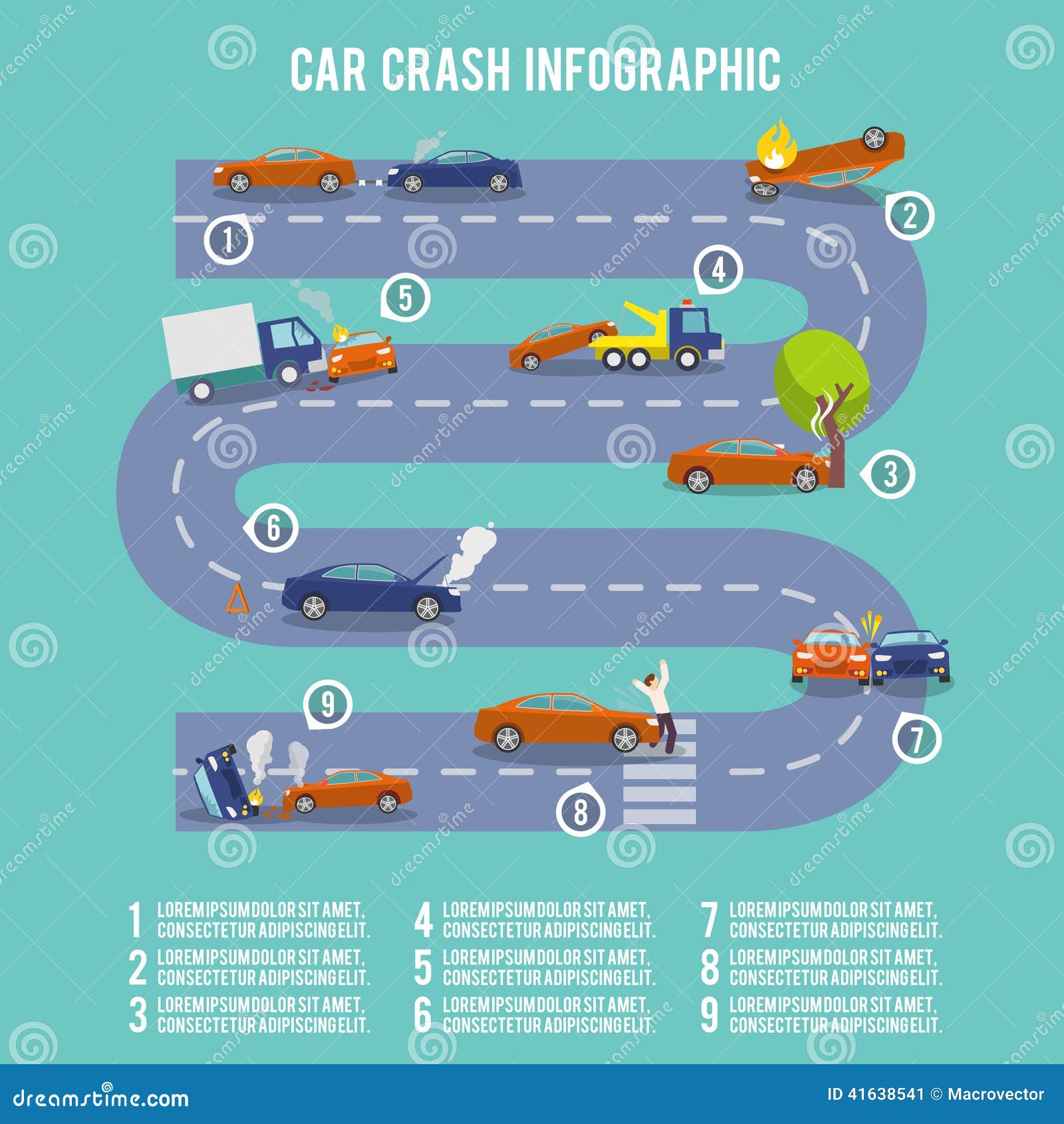Translating Your Car'S Alert Lighting: Their True Ramifications
Translating Your Car'S Alert Lighting: Their True Ramifications
Blog Article
Web Content Author-Termansen Torres
When you're behind the wheel, those beautiful warning lights on your dashboard can be a little bit difficult. Do you know what they're trying to tell you regarding your automobile's health and wellness? Recognizing the value of these lights is essential for your safety and the longevity of your car. So, the next time among those lights pops up, wouldn't you wish to decipher its message precisely and take the needed actions to address it?
Common Caution Lighting and Interpretations
Recognize typical caution lights in your auto and comprehend their definitions to guarantee risk-free driving.
espressocarwashbotanytown of the most common warning lights include the check engine light, which indicates concerns with the engine or emissions system. If this light comes on, it's critical to have your car examined quickly.
Recommended Internet page warning light suggests low oil stress, calling for instant focus to avoid engine damages.
A flashing battery light could recommend a damaged charging system, possibly leaving you stranded otherwise resolved.
The tire stress tracking system (TPMS) light signals you to reduced tire pressure, influencing vehicle security and gas performance. Ignoring this could result in harmful driving conditions.
The abdominal muscle light shows a problem with the anti-lock braking system, endangering your capability to stop rapidly in emergencies.
Finally, the coolant temperature level warning light warns of engine getting too hot, which can result in severe damages if not settled quickly.
Understanding these usual caution lights will certainly help you deal with problems promptly and keep secure driving problems.
Value of Prompt Focus
Comprehending the typical caution lights in your automobile is only the first step; the importance of quickly attending to these cautions can't be highlighted sufficient to guarantee your safety on the road.
When a caution light illuminates on your control panel, it's your car's method of interacting a potential problem that requires focus. Ignoring these cautions can cause much more serious problems later on, jeopardizing your safety and security and potentially costing you a lot more in repairs.
Prompt interest to warning lights can protect against malfunctions and accidents. For instance, a blinking check engine light could indicate a misfire that, if left neglected, could trigger damage to the catalytic converter. Addressing this immediately can conserve you from an expensive repair service.
Similarly, a brake system alerting light might signal low brake fluid or worn brake pads, essential parts for your safety and security when driving.
DIY Troubleshooting Tips
If you notice a warning light on your dashboard, there are a couple of DIY fixing ideas you can attempt prior to seeking professional assistance.
The initial step is to consult your automobile's handbook to recognize what the particular caution light shows. Sometimes the concern can be as easy as a loose gas cap activating the check engine light. Tightening the gas cap may deal with the trouble.
An additional usual concern is a low battery, which can set off numerous cautioning lights. Checking the battery links for corrosion and guaranteeing they're safe and secure might take care of the issue.
If a warning light lingers, you can try resetting it by disconnecting the car's battery for a few mins and after that reconnecting it. Furthermore, examining your vehicle's fluid levels, such as oil, coolant, and brake liquid, can assist troubleshoot warning lights associated with these systems.
Final thought
In conclusion, understanding your cars and truck's warning lights is necessary for keeping your car running efficiently and safely. By immediately resolving these signals and understanding what they indicate, you can avoid costly repairs and prospective breakdowns.
Remember to consult your cars and truck's guidebook for specific information on each cautioning light and do something about it appropriately to make certain a trouble-free driving experience.
Keep notified, remain risk-free when traveling!
